When it comes to enhancing the beauty of our gardens and outdoor spaces, few things have the transformative power of decorative bushes and shrubs. Whether you’re a seasoned gardener or a novice looking to add a touch of nature to your home, understanding the variety, care, and benefits of these plants can greatly elevate your gardening journey. In this extensive guide, we’ll delve into everything you need to know about decorative bushes and shrubs, enriched with personal experiences and practical tips along the way.
Understanding Decorative Bushes and Shrubs
Decorative bushes and shrubs are versatile plants that can serve numerous purposes in your landscape. They can act as borders, create privacy, or simply add aesthetics. But what exactly defines a bush or a shrub?
What Is the Difference Between Bushes and Shrubs?
Although the terms are often used interchangeably, there are subtle differences:
- Bushes: Typically, these are more dense and rounded, often growing lower to the ground. They can also be multi-stemmed, developing into fuller shapes.
- Shrubs: Generally taller and more upright than bushes, shrubs can have a variety of shapes and can be pruned into specific forms. They are popular for landscaping due to their adaptability.
Benefits of Incorporating Decorative Bushes and Shrubs
Adding decorative bushes and shrubs to your garden offers numerous advantages:
- Enhances landscape aesthetics with vibrant colors and textures.
- Provides privacy and windbreaks, helping to create a more secluded outdoor space.
- Can attract birds and beneficial insects, supporting local biodiversity.
- Offers seasonal interest, from spring blooms to autumn foliage.
Popular Types of Decorative Bushes and Shrubs
There’s a wide variety of bushes and shrubs to choose from, each with unique properties. Below is a curated list of some of the most popular ones:
Flowering Shrubs
Flowering shrubs like Hydrangea and Rhododendron can add bursts of color and are ideal for creating focal points.
Evergreen Shrubs
Evergreen varieties, such as Boxwood and Holly, provide year-round greenery and structure to your landscape.
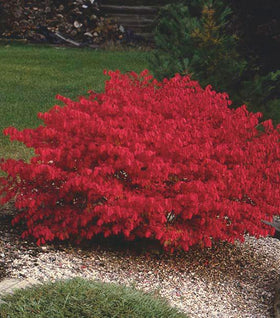
Deciduous Shrubs
Deciduous shrubs, such as Japanese Maple, bring stunning fall colors but lose their leaves in winter.
Low Maintenance Shrubs
If you prefer low-maintenance options, consider Spiraea or Barberry. Both are hardy and require minimal care.

Choosing the Right Bushes and Shrubs for Your Landscape
Selecting the right bushes and shrubs depends on several factors, including climate, soil type, and the overall design you envision for your landscape.
Climate Considerations
Before making a selection, assess your local climate. For example, Lavender thrives in warmer, drier climates, while Azaleas prefer more temperate areas.
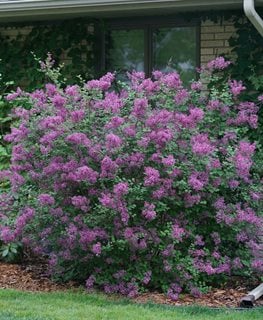
Sunlight Requirements
Different shrubs have varying light needs:
| Type of Shrub | Light Requirement |
|---|---|
| Hydrangea | Partial Shade |
| Rosemary | Full Sun |
| Fothergilla | Full Sun to Partial Shade |
Soil Type and Drainage
Ensure you select shrubs compatible with your soil type and drainage capabilities. For instance, Rhododendrons prefer acidic soil, while Junipers thrive in well-drained soil.
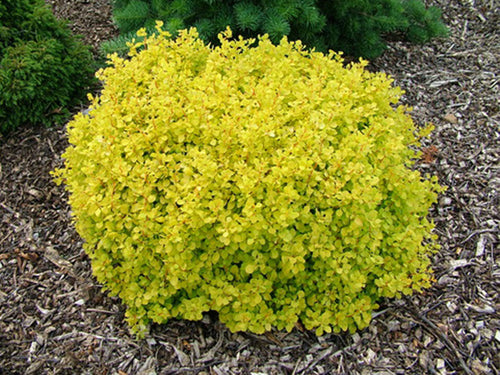
Caring for Decorative Bushes and Shrubs
Once you’ve chosen the perfect shrubs for your landscape, proper care is essential to keep them healthy and vibrant.
Watering Techniques
Establish a watering routine that considers the needs of your shrubs. Here are some tips:
- Water deeply but infrequently to encourage deep root growth.
- Utilize mulch to retain soil moisture and suppress weeds.
- Adjust your watering schedule based on rainfall and seasonal changes.
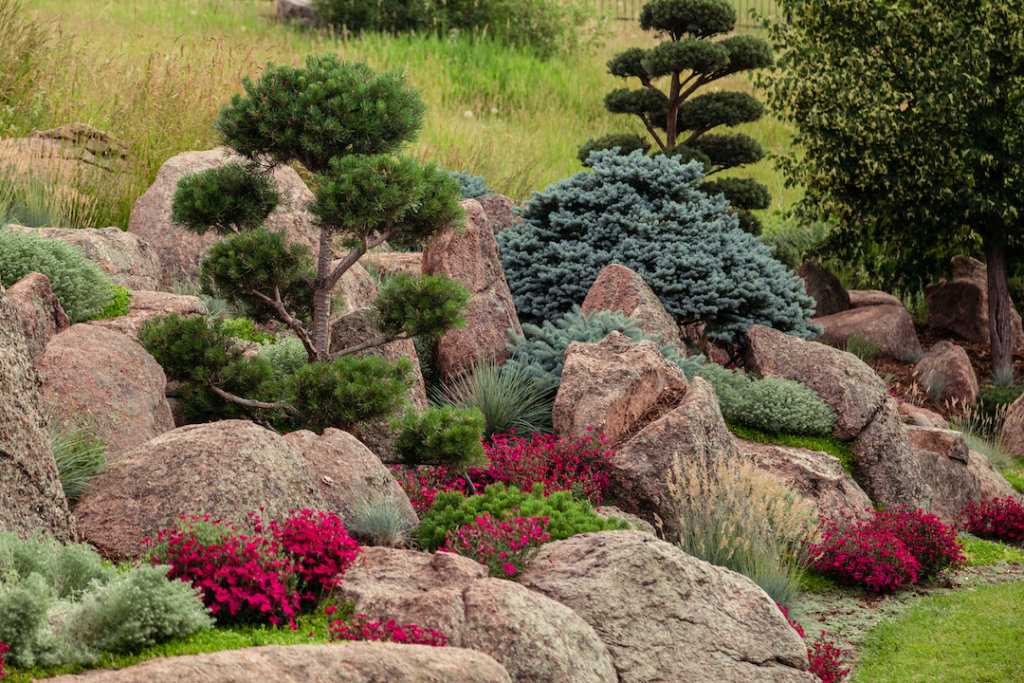
Pruning and Maintenance
Regular pruning can enhance the appearance and health of your shrubs:
- Remove dead or diseased branches promptly.
- Prune flowering shrubs after they bloom to encourage new growth.
- Use sharp, clean tools to prevent damage and disease spread.
Common Issues and Solutions
Like any plant, decorative shrubs can encounter problems. Here are some common issues:
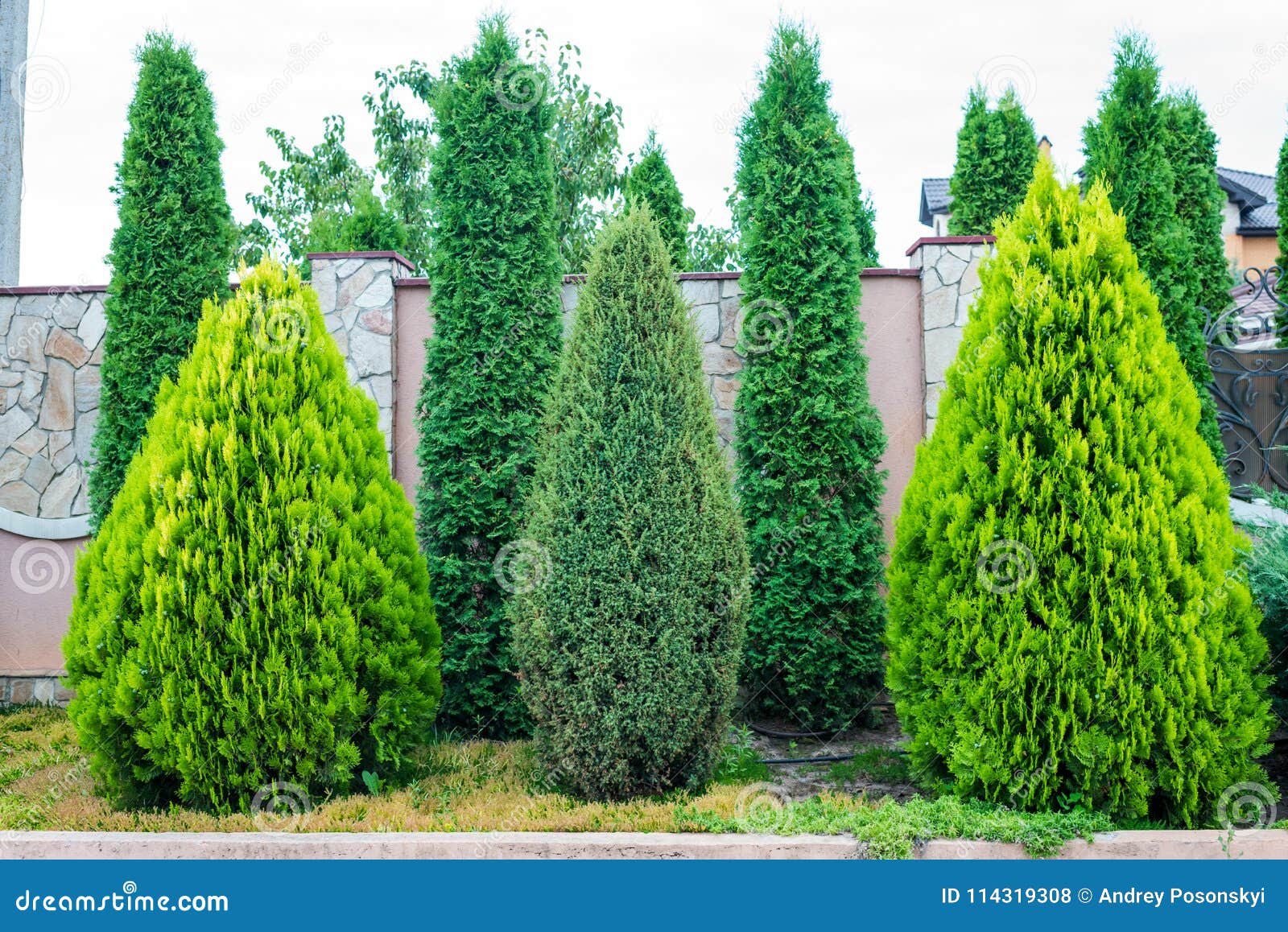
Pest Management
Watch for common pests such as aphids, spider mites, and scale. Consider natural remedies such as introducing beneficial insects or using insecticidal soap.
Disease Control
Be on the lookout for signs of fungal infections, such as powdery mildew. Proper spacing and ventilation can prevent many diseases.

Decorative Bushes and Shrubs: A Personal Touch
Having decorated my own garden with a variety of shrubs, I’ve learned that the right selections can truly transform your outdoor space. My personal favorites include the gorgeous blooms of Hydrangea and the stunning evergreen Boxwood, which provides structure throughout the year. Each season brings a new surprise, from the vibrant fall colors to the soft pastel blooms of spring.
FAQs About Decorative Bushes and Shrubs
What are the best decorative shrubs for small gardens?
For smaller spaces, consider compact varieties such as Packet Raspberries or Little Lime Hydrangeas, which provide beauty without overwhelming your garden.
How often should I fertilize my shrubs?
Generally, fertilizing once in early spring and once in mid-summer is sufficient for most shrubs, but always check the specific needs for your selected varieties.
Can shrubs thrive in pots?
Yes! Many shrubs can adapt to container gardening, but ensure the pots have good drainage and use appropriate potting soil.
Final Thoughts: Embrace the Beauty of Decorative Bushes and Shrubs
Decorative bushes and shrubs can significantly enhance your landscape’s beauty and provide a sense of tranquility. With proper selection and care, these plants can flourish and bring joy to your outdoor space for years to come. As you embark on your gardening adventure, I encourage you to explore the vast options available, experiment, and, most importantly, enjoy the journey of nurturing your plants!